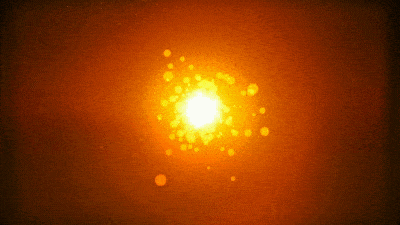Secure Supplies
Energy Power Gas Magazine
Fueling Healthy Communities
Secure Supplies
Energy Power Gas Magazine
Fueling Healthy Communities

Secure Supplies Group
Central Africa Republic Power Gas Energy News
Access Key policy Events and key Project updates
for Central Africa Republic's economy.
The Central African Republic generated 0.16 billion kilo watt hours of electricity Hydro and Solar.
The Central African Republic generated 0.16 billion kilowatthours of electricity from an installed capacity base of 46 megawatts. The top 2 energy sources overall were Hydroelectricity (54.35% of total capacity) and Conventional Thermal (45.65%).

Primary energy consumption meanwhile decreased by -3.83% over the prior year to 0.01 QBTUs, equating to 1.42 million BTUs per capita which places the Central African Republic into the 95th percentile of countries worldwide for per capita primary energy consumption.
The Central African Republic’s total electricity capacity has increased on an annual compound basis by 0.34% over the last 20 years to 46 megawatts (MW) . In the last year, the total installed capacity base increased by 6 megawatts (+15%) with the largest source of new capacity being Hydroelectricity (+6 megawatts).
Total renewable energy capacity accounts for 54.35% of this total installed capacity base whilst renewable energy sources excluding hydropower account for 0%.
Hydroelectricity experienced the fastest capacity growth rate (31.58%) in the last year whilst Hydroelectricity Energy added the most capacity in the last 5 years, reaching 25 MW
Total electricity generation meanwhile climbed 1.91% over the last year to 0.16 billion kilowatthours (bn kWh)with the largest source for electricity generation being Hydroelectricity (81.25% of total net generation).
Conventional sources including conventional thermal (coal, petroleum, gas), nuclear power and hydro pumped storage accounted for 18.75% of total electricity generated, up from 23.15% 5 years previously.The Central African Republic had a zero balance net import requirement. There were no exports of electricity.
Conventional Energy sources represented 45.65% of total installed capacity in the Central African Republic a decrease of -7.24 percentage points over a 5 year period.
Conventional thermal energy had an installed capacity base of 21 MW in , a change of 0 MW over the previous year and a 0% change on a compound basis over a 5 year period.
Conventional thermal energy has seen its share of total installed capacity decrease from 52.9% to 45.65% . Conventional Thermal Energy generated 0.03 billion kilowatthours of electricity , equating to 1.43 billion kilowatthours of electricity per million kilowatts of capacity.
Hydroelectricity had an installed capacity base of 25 MW in 2008, a change of 6 MW over the previous year. It’s share of total installed capacity increased from 47.1% to 54.35% and it’s share of renewable installed capacity remained unchanged at 100% .
Hydroelectricity generated 0.13 billion kilowatthours of electricity , equating to 81.25% of the total electricity generated. This is equivalent to 5.2 billion kilowatthours of electricity per million kilowatts of capacity, which was the highest ratio amongst renewable energy sources.
The Central African Republic has 0.11% of the total regional capacity for Hydroelectricity and ranks at #134 in the world for Hydroelectricity installed capacity.
Total carbon dioxide emissions in the Central African Republic reached 0.34 million Metric Tonnes (mn MT), a compound increase of 0.92% over a 5 year period. The Central African Republic’s total represented 0.03% of total regional emissions and 0% of total world emissions.
On a per capita basis meanwhile, the Central African Republic ranked at #200 worldwide, with per capita emissions falling by -0.01 metric tonnes to 0.07 metric tonnes.
Do you know more about this story? Contact us through this link.
Click here to learn about advertising, content sponsorship, events & round tables, custom media solutions, whitepaper writing, sales leads or eDM opportunities with us.
To get a media kit and information on advertising or sponsoring click here.
PROUD TO BE ASSOCIATED ACROSS AFRICA WITH

























